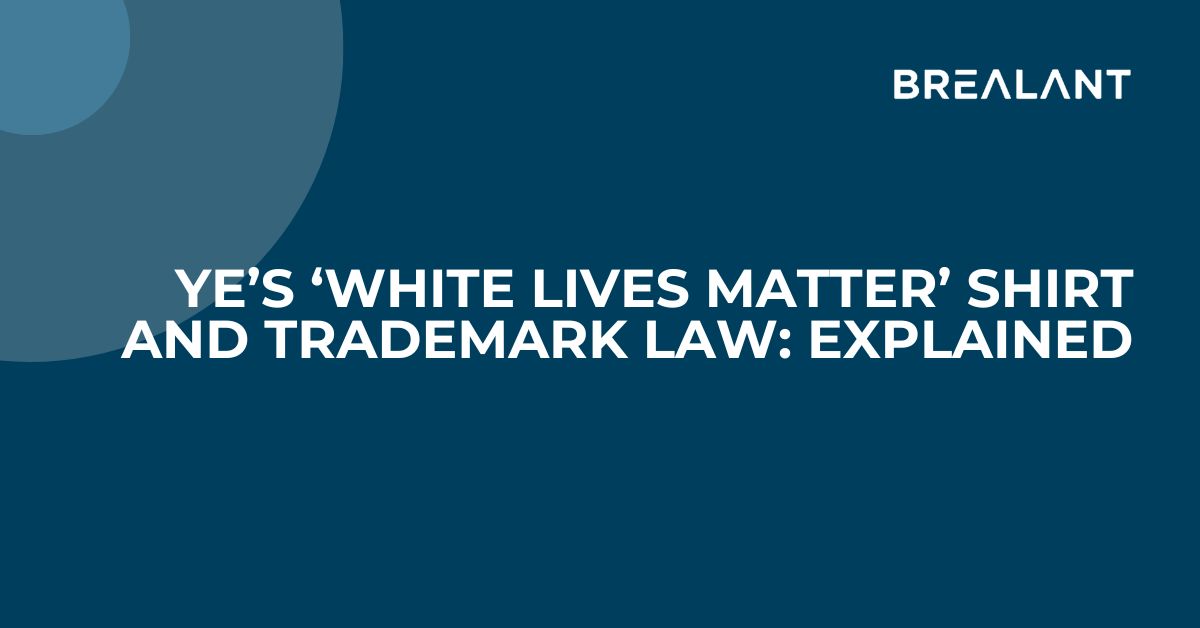Brealant’s streamlined Patent Registration
Brealant offers a hassle-free, end-to-end patent registration process. From consultation and search to filing and response management, we handle every step with efficiency and transparency.
Focus on growing your business while we secure your intellectual property.
Comprehensive Guide to Patent Protection in United Kingdom
Securing a patent in United Kingdom grants you exclusive rights to your invention, protecting it from unauthorized use.
Here’s how United Kingdom residents can file a trademark application:
Long-term protection for up to 20 years.
Short-term protection for up to eight years.
The right patent type depends on your invention's uniqueness. Start with an United Kingdom patent search to determine its patentability, then proceed with the application.
Key Patentability Requirements

Novelty
Novelty, inventive step, industrial applicability (UK Patents Act/EPC standards).

Innovation Patent
The Unitary Patent and Unified Patent Court do not apply in the UK

Inventiveness
Enforcement via UK courts; EPs validated in the UK are litigated nationally.

Submit your application to IP United Kingdom for examination. If approved, your invention is published, granting you IP protection. For the best outcome, consult a qualified patent attorney or patent agent in United Kingdom to navigate the United Kingdom patent registration process effectively.
Frequently Asked Questions
What are the criteria for filing a patent in United Kingdom?
.svg)
.svg)
To file a patent in United Kingdom, your invention must be novel, useful, and involve an inventive step. It must also qualify as patentable subject matter, excluding discoveries, scientific theories, or medical treatments.
How long does patent approval take in United Kingdom?
.svg)
.svg)
The approval process typically takes 12 to 18 months. However, it can be expedited for an additional fee.
How long does patent protection last in United Kingdom?
.svg)
.svg)
Standard patents last up to 20 years, while pharmaceutical patents last up to 25 years, subject to annual renewal fees.
What are the maintenance fees for keeping a patent active in United Kingdom?
.svg)
.svg)
Annual renewal fees are required to maintain patent protection. These fees increase over time, and failure to pay may result in the patent lapsing.
How can Brealant expedite the patent process?
.svg)
.svg)
Brealant streamlines the patent process by offering expert guidance and filing requests for expedited examination, helping you fast-track your application efficiently.
Your Global Solution to
Simplified Intellectual Property Registration in 24+ Countries.
Blogs and Resources
For expert guidance on IP, patents, and trademark registration, explore Brealant's blog.
Stay informed with our latest posts and access valuable resources tailored to your business needs.



.png)

.png)
.png)
.png)
.png)



.avif)


